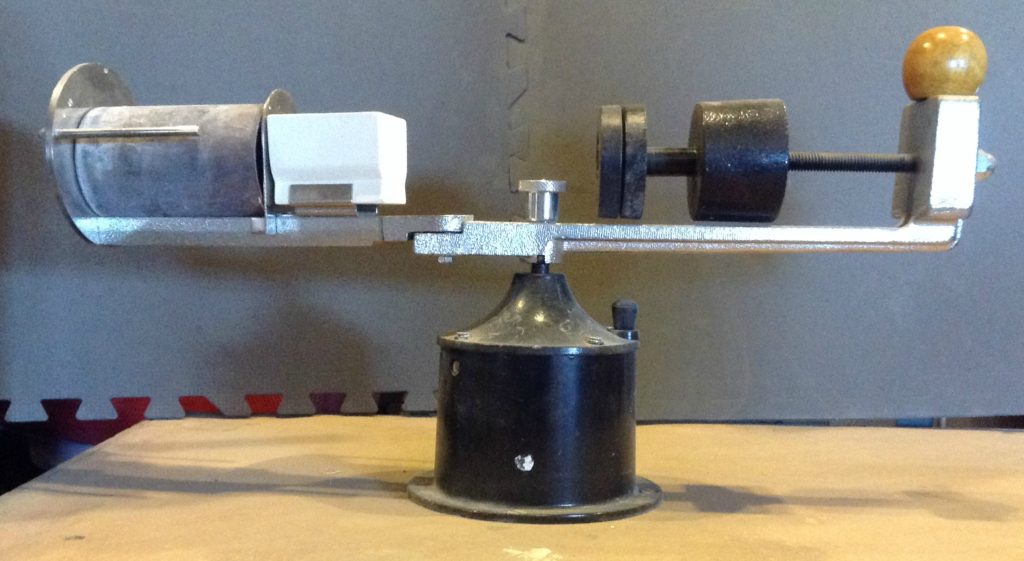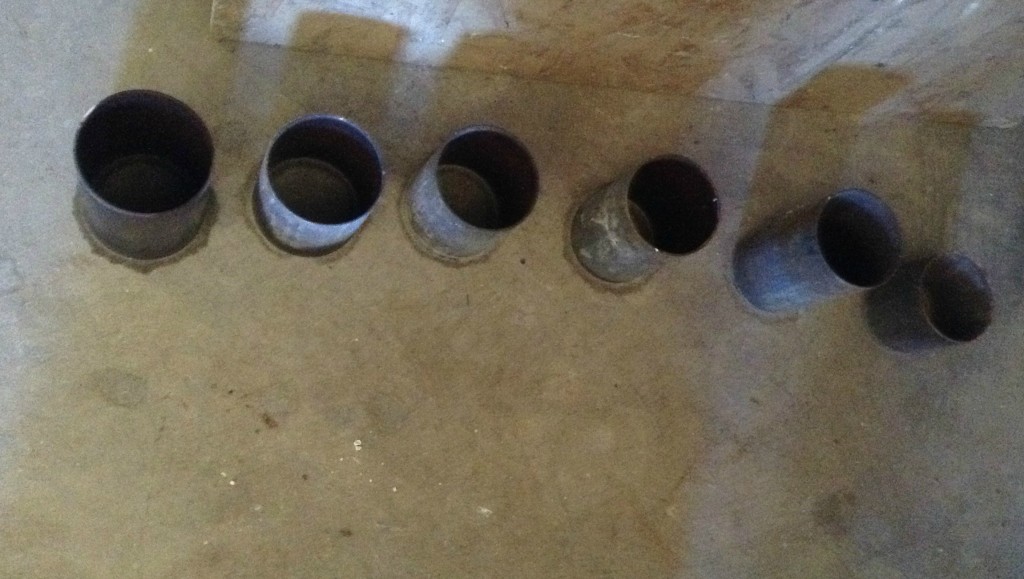I often hear conflicting complaints from historic re-enactors and SCA folks alike: “the problem with my group is too many authenticity Nazis” and “why can’t people at least make a more accurate attempt at their clothes?”
As a professional jeweler and merchant at SCA events, I frequently wrestle with the disparity of these sentiments. Some of the choices are difficult, but some are easy from my perspective. I make many of my items using a copper alloy known as bronze. Some merchants choose any old copper alloy without regard to what would have been used historically. But using true bronze gives my pieces the look and feel of the originals that they are patterned after.
Bronze was used to make weapons, armor, knives, brooches, hooks, crosses, and many, many, other items. It’s a ubiquitous material throughout Medieval history, and much earlier. Bronze is a remarkable alloy with multiple formulations. The first bronze included copper and arsenic (yes arsenic). Fortunately for real sticklers for accuracy, arsenic bronze was largely replaced by a tin and copper formulation that we recognize today as true bronze. A bit of good news for authenticity fans – true bronze became the primary bronze from the 3rd millennium BC.
There are very few places on the earth where copper and tin are found together (one site each in Thailand and Iran), so true bronze is reliant on trade. Great Britain was the major source of tin in Europe, which can explain some of the unusual trade goods found in Britain.
Copper alloys are truly remarkable. They can be harder than wrought iron, be sharpened for cutting edges, and the alloying process is comparatively easy. Depending on the alloy (tin, zinc, lead, silver and other additives) the metal can take on many different hues. Each formulation has unique characteristics, and in our modern society they have very specific names – brass, yellow brass, and nickel silver, to name a few. Some alloys are malleable, others are hard and brittle, and still others have differing degrees of chemical resistance.
Are there any other practical reasons for me to want to use true bronze instead of some other bronze alloy? Yes. True bronze can be enameled. Now some of the other alloys can be enameled, too. But the problems with enamels changing color because of the zinc in brass, for example, can be difficult to overcome. True enamel is a form of ground glass that is melted and fused to the metal. If you are interested in more detail about enamel and enameling, just visit my enamel blog.
Today we know that iron replaced bronze for knives, weapons, and many other larger items, as iron working skills matured. Iron could maintain a sharp edge longer, withstand greater bending forces, and eventually could be made into steel. The transition to iron seems to have been encouraged along by a tin shortage. Around 1200 BC the shipment of tin around the Mediterranean plummeted – coincident with population migration. There’s no definitive proof of the link between migration and the tin shortage, but some archaeologists believe that there is a causal relationship between the two.
But are there any other metal choices that we need to make for period reproductions? We’ll talk about that next time.







